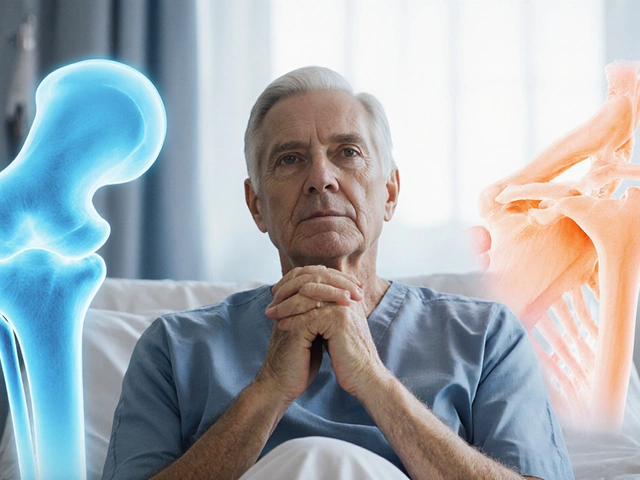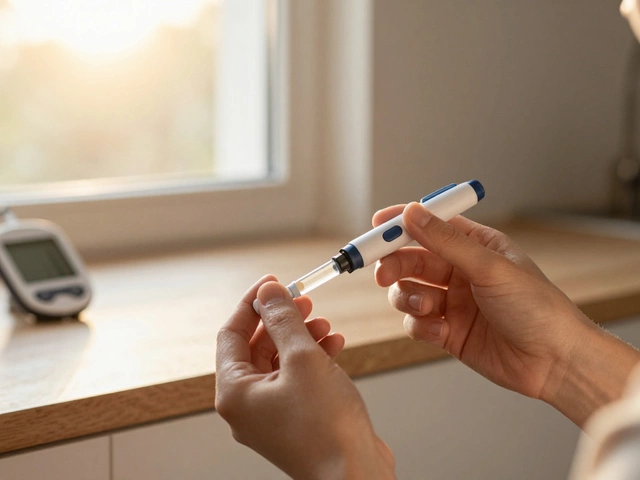Healing Time Knee Surgery: What to Expect and How to Speed Recovery
If you’ve just had knee surgery, you’re probably wondering how long it will take to feel normal again. The good news is that most people follow a fairly predictable timeline. Knowing what’s coming helps you plan your days, manage pain, and stay motivated.
Typical Recovery Stages
Day 1–3: Immediate Post‑Op – Right after the operation your knee will be sore, swollen, and a bit stiff. Pain meds and ice packs are your best friends. Many surgeons recommend gentle ankle pumps and short walks with a walker to keep blood flowing.
Week 1–2: Early Mobility – Swelling should start to dip, and you’ll begin gentle range‑of‑motion exercises. You can usually start showering with a handheld showerhead, but avoid hot water directly on the incision. Most patients can put weight on the leg with crutches or a walker.
Week 3–6: Building Strength – Physical therapy ramps up. You’ll do quad sets, straight‑leg raises, and stationary bike sessions. By the end of week six many people can walk short distances without assistance, though a limp may remain.
Week 6–12: Functional Rehab – Balance drills, step‑ups, and light resistance training become routine. Driving is often safe around the 2‑week mark if you can control the pedals without pain. Always do a quick brake test before hitting the road.
Month 3–6: Return to Normal Activities – Most daily tasks feel comfortable, and low‑impact sports like swimming or cycling are usually OK. Full strength may take up to a year, especially for high‑impact activities like running.
Tips to Speed Up Healing
Stay Consistent with PT – Skipping a session can set you back days. Even short home exercises count.
Control Swelling – Ice for 20 minutes, three times a day, and keep the leg elevated above heart level when you’re resting.
Nutrition Matters – Protein supports tissue repair. Include lean meats, beans, or dairy in meals. Vitamin C and zinc also help healing.
Watch for Red Flags – Fever, increasing pain, or drainage from the incision may signal infection. Call your surgeon right away.
Ease Back Into Driving – Start with short, low‑traffic trips. Make sure you can press the brake and accelerator without pain or delay.
Every knee is different, but most people see major improvements by the three‑month mark. Stick to the plan, listen to your body, and reach out to your therapist or surgeon if something feels off. With the right care, you’ll get back to the things you love faster than you think.


